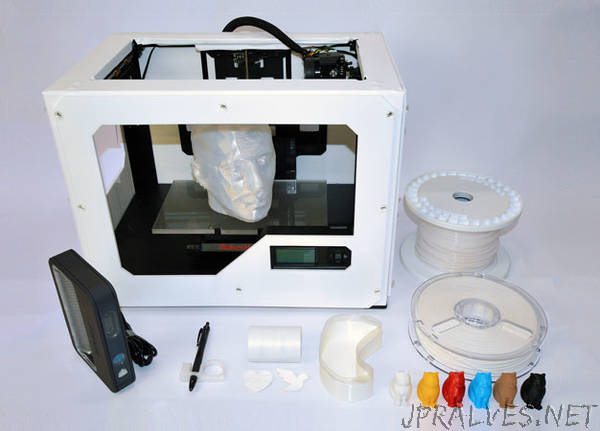
“3D printing technology has important medical applications, such as manufacturing prosthetic parts, implants, and models of human organs. Here, researchers at Keio University in Tokyo, describe the potentially important role of 3D printing in nursing and long-term care for the elderly. Given Japan’s rapidly ageing society, demand for terminal care in hospitals or care facilities will exceed capacity in the near future. Furthermore, there are insufficient visiting nurses to provide in-house care. Therefore, strengthening in-house care is an urgent task for healthcare of the elderly. The introduction of information technology (IT) is an essential strategy from both aspects of work efficiency and providing high quality care.
Specifically, Shoko Miyagawa and colleagues at Keio University noticed the increased availability of 3D printers in self-help community centers throughout Japan. Based on interactions with nurses, medical practitioners, engineers and material designers, Miyagawa and her collaborators established a benchmark for specific digitally fabricated objects needed by patients and classified them into three types.
Firstly, are self-help devices enabling individuals to carry out specific tasks. For example, someone with paralyzed fingers who is unable to pinch, is assisted by a customized 3D-printed penholder for signing important documents.
Second, ‘caring tools’ facilitate interaction between care-givers and care-receivers. For instance, cutting out plasters in fun shapes — such as animals — with a laser cutter helps patients overcome negative perception of surgical tape.
Third, Miyagawa and colleagues identified educational objects as tools to learn how to perform therapy actions. For example, a 3D-printed semi-transparent cranial model can be used for practicing the insertion of a tube for vacuuming phlegm from a patient’s throat with light-emitting diodes acting as guides to follow its position inside the model. The researchers also addressed the question of safety, as the proposed 3D-printed objects must be washable and not produce skin irritation. Another important aspect of the research project of the Keio scientists is an assessment of the usage level of the objects. To this end, the researchers are currently developing an ‘internet-of-things’ sensing system: a data logger that can collect information about an object’s use for one month.
Having established the relevance of 3D printing techniques for improving the quality of life and the independence of elderly people, Miyagawa and colleagues conclude that, “in order to make digital fabrication more useful it is necessary to further reduce the cost of introduction and operation and to develop technologies to do so.””
Link to article
